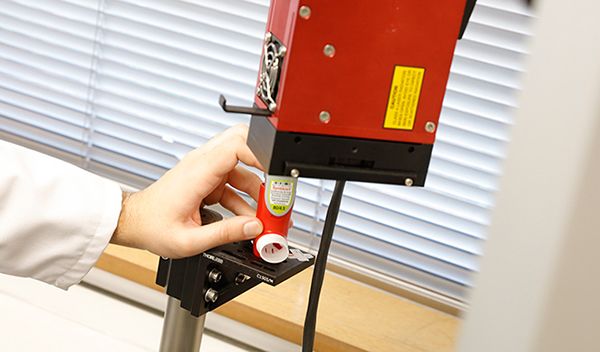ANALYTICAL SOLUTIONS

Specialist inhalation product analysis and testing techniques, performed under controlled conditions and in line with established and robust methods, are essential to characterise the drug product. Critical quality attributes can be established and from these, the performance of the formulation together with a specific device can be assessed. This testing is required throughout the development cycle from testing early stage candidate formulations, to device screening, to formal stability studies and finally through to commercial batch release.
There are various guidance documents from the CDER (FDA) and the EMEA that outline the testing that is required as part of your Chemistry Manufacturing and Controls (CMC) package. These are in place to ensure continuing drug product quality and performance characteristics when developing both novel inhaled drug products and also abbreviated drug applications for generic products. The documents provide guidance on the specific analytical tests and the appropriate body of analytical test data required. This information is then used to confirm release specifications for both clinical batches and commercial batches, as well as inform the Summary of Product Characteristics (SmPC) and finally the Patient Information Leaflet (PIL). Testing should be performed all the way through development (in line with a QbD approach) and detailed specifications should be established before any clinical work.
Our strengths are with method development & validation, product performance testing, impurities content, physicochemical characterisation. We routinely conduct accelerated and real time stability studies to support clinical and commercial batch shelf life, as well as early stage formulation feasibility.
Aerodynamic Particle Size Distribution:
By measuring the drug particle size distribution, we are able to approximate how much drug is delivered and where it will deposit in the lung. Working to pharmacopeia methods we determine aerodynamic particle size distribution (APSD) by cascade impaction methods. Two instruments that are commonly used to characterise the APSD include the Anderson Cascade Impactor (ACI) and the Next Generation Impactor (NGI). The APSD is a critical quality attribute in the development and testing of inhaled and nasal products.